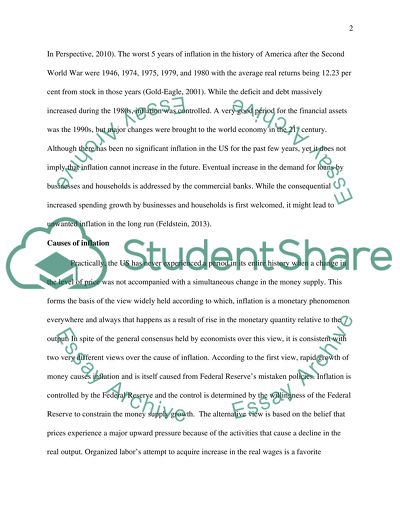Cite this document
(“Inflation in the US after the Second World War Term Paper”, n.d.)
Inflation in the US after the Second World War Term Paper. Retrieved from https://studentshare.org/macro-microeconomics/1495169-inflation-in-the-us-after-the-second-world-war
Inflation in the US after the Second World War Term Paper. Retrieved from https://studentshare.org/macro-microeconomics/1495169-inflation-in-the-us-after-the-second-world-war
(Inflation in the US After the Second World War Term Paper)
Inflation in the US After the Second World War Term Paper. https://studentshare.org/macro-microeconomics/1495169-inflation-in-the-us-after-the-second-world-war.
Inflation in the US After the Second World War Term Paper. https://studentshare.org/macro-microeconomics/1495169-inflation-in-the-us-after-the-second-world-war.
“Inflation in the US After the Second World War Term Paper”, n.d. https://studentshare.org/macro-microeconomics/1495169-inflation-in-the-us-after-the-second-world-war.


